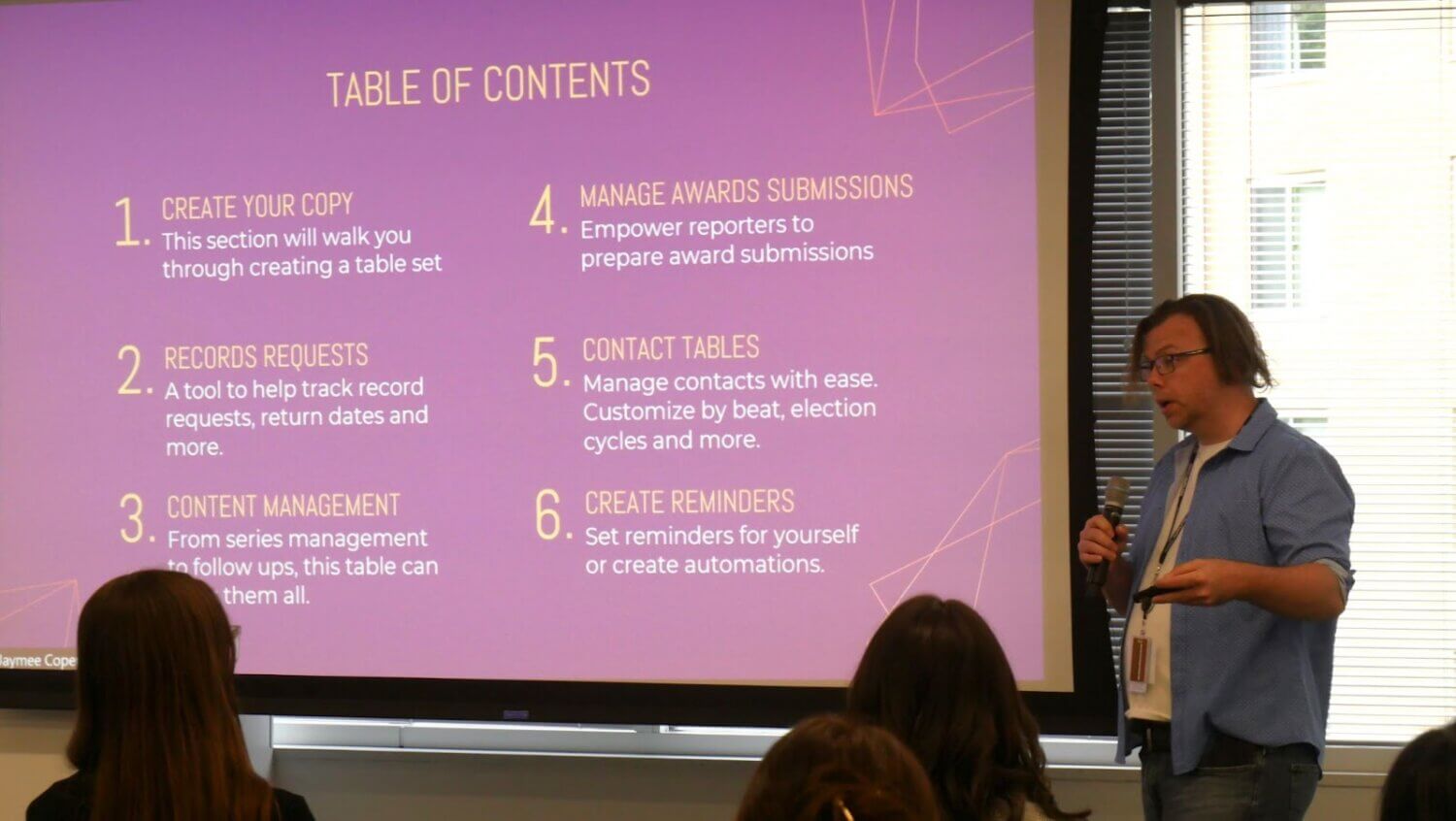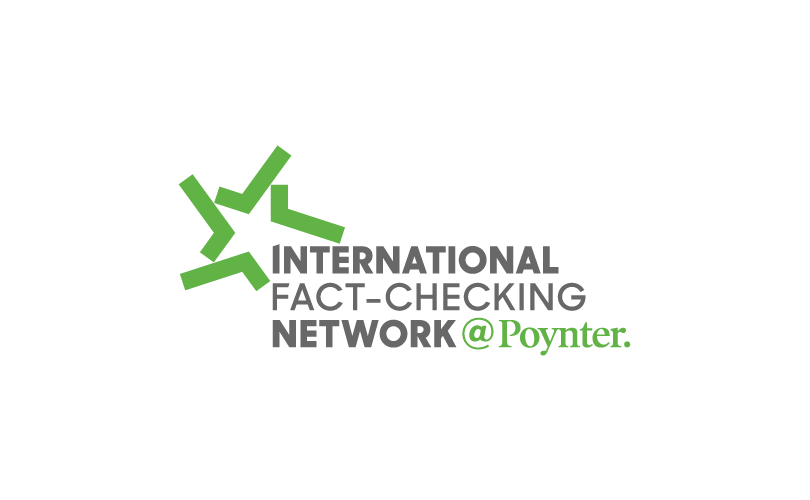As a reporter and editor at the Washington state-based Tri-City News, Cory McCoy has taken on long-term story projects that took lots of steps and required staying organized.
For instance, series of stories he’s worked on about how colleges investigate sexual assault or about teachers moving out of school districts after disciplinary actions require records requests, dealing with large datasets, and keeping track of ongoing developments that can be “too unwieldy to narrow down to a regular project,” McCoy said.
When he was mulling what type of innovation project he’d want to tackle as part of his participation in the Poynter-Koch Media and Journalism Fellowship last year, he decided to create not just one way to help himself and other reporters, but a whole bunch of them.
“The idea was a set of tools that I’ve always wanted to have,” McCoy said. “Every newsroom struggles with keeping track of things when you’ve got turnover, or at the end of the year when you’ve got to look up all your murder cases for the yearly wrap-up, things like that.”
He began using Airtable, a database and app-building site requiring no coding experience to create task-oriented tables. Once he finished one, he began using the same techniques to create another… and another.
“I settled on Airtable because it was quick, it was easy and it was widely used enough to where if I wanted to put it out there for other newsrooms to use, they could just copy it without me having to do much on the back end,” McCoy said.
By the time he delivered his innovation project in May at a summit for the fellowship, he was sharing with the cohort an entire suite of newsroom tools, from an awards-submission organizer to a reminder app that keeps track of freedom-of-information requests a newsroom has filed. There’s also a source list tool and a content management app that can be used for story budgeting or to organize large ongoing projects. With a few tweaks, the tables can also be used to keep track of portfolios; a journalism job candidate could keep track of what clips they’re submitting with each job application.
Having time-saving tools, McCoy said, is more crucial than ever for newsrooms that are getting smaller or struggling to cover a large area, as Tri-City News does. In his newsroom, he says, the challenge is covering three mid-sized municipalities, a set of smaller towns, ports for each city and school boards for the whole area. “We’ve got a limited staff to cover this huge region. It becomes a real struggle to manage those things on a daily basis.”
McCoy made the tools available publicly on Airtable (no subscription required) so anyone can copy the file and get started modifying it for their own needs. He also has a presentation document available online that explains what the tables are and how they can be used.
Ideally, the tables can be set up by a newsroom and stay in use even if there’s reporter turnover or a long amount of time passes on, say, a federal records request. But McCoy says he understands that some larger or more established newsrooms already have their own tools to track some of these things and that it can be hard to change old habits to adopt new ways of doing things.
“If it’s a newer newsroom ready to make some big changes (the tables) could be a huge benefit, but it will take more time to get buy-in from everybody if you’re established,” he said.
In his newsroom, he says, there’s lots of interest in using the tools, but it does take some time to get set up. “We’re pressed to get our daily jobs done, and you really have to find the time to start moving things over,” he said.
The response from those who’ve downloaded the table tools has been positive, McCoy said, and he’s continuing to consider new tweaks and ways to use Airtable. He’s happy to share it and help improve newsroom workflows: “If one person finds it useful, I’ll be happy.”
This story is part of a series profiling innovation projects from the 2022-2023 Poynter-Koch Media and Journalism Fellowship. The projects were presented at a May summit in Washington, D.C.






